- Inicio •
- Our Gaitas •
- Production •
Production
At the Obradoiro de Gaitas Seivane, we take great care over the entire production process of our gaitas, from the selection and drying of the wood, the maintenance and sharpening of our tools, the different steps in the course of its manufacture, the tuning, finishing and final presentation.
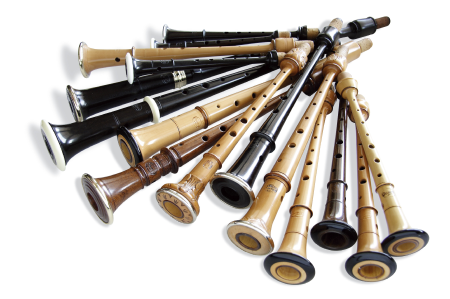
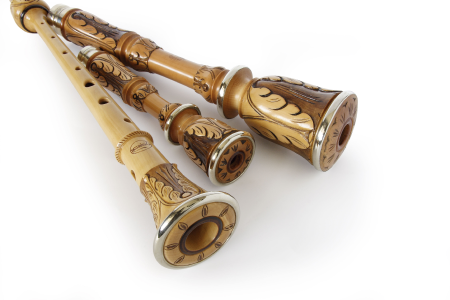
The Materials
Wood is the main component from which gaitas are created. The most valued for Galician gaitas are:


| Granadilla | Boxwood | Cocobolo | Mopane | |
|---|---|---|---|---|
| Botanic name | Dalbergia melanoxylon Guill. Et Perr | Buxus Sempervirens L. | Dalbergia granadillo Pitt. | Colophospermum Mopane |
| Density | 1.250 Kg/m3 | 900-1030 Kg/m3 | 990-1.250 Kg/m3 | 1.250 Kg/m3 |
| Hardness | Very hard | Very hard | Very hard | Very hard |
| Colour | Dark brown and purple with black streaks | Pale yellow | Reddish brown | Hazelnut brown |
The choice of wood will depend upon the tastes of each bagpiper, but it should be noted that due to its density some are more sensitive to severe changes in temperature and humidity than others. Boxwood, the most sensitive, is not recommended for areas where the climate suffers extreme temperatures.
Something else to consider when choosing the wood, is the colour of sound that it will give to the instrument. Boxwood is well liked by soloists due to its sweetness and harmonious richness. It is the native wood which has been used the most to make traditional gaitas in Galicia.
The scarceness of boxwood and the anxiety to find new colourful sounds, has led to craftsmen looking for noble exotic woods such as Cocobolo, Mopane, Lignum Vitae or Granadilla. The Granadilla wood, specifically, demonstrates a greater tolerance to temperature and humidity changes and adds a powerful and crystal clear type of sound.
Ring Caps
In order to produce the ring caps, several different materials are used: black or ivory imitation methacrylate, brass, alpaca, the new Seinox, silver and even wood which contrasts with the wood of the instrument.
Even though old gaitas did not feature ring caps –something that forced them to be more robust– the modern technique of adding ring caps has the purpose of protecting the ‘female’ parts of the gaita from any possible fractures caused by the pressure in the corks. The same occurs at the bottom of the chanter and the cup in the three drones, which are also protected from possible indentations due to unfortunate knocks or movement in the wood.
In addition to their main function of protection, the ring caps also play an important part in distinctive and personalised decoration. At the Obradoiro de Gaitas Seivane, we offer bagpipers the opportunity to engrave the ring caps with various designs, including their own, as well as a name or memento. Gaitas are still made, by request, without any ring caps, in the style of old gaitas. Or also with internal rings, which reinforce the gaitas without external rings
The innovations introduced by Seivane with regards to the treatment of metals used for the ring caps in gaitas deserve a separate mention. Embossing with lathes, an art normally practised by the finest goldsmiths, was added to our manufacturing process therefore achieving a perfect finish to the wood, as well as elegant and aesthetic patterns, by pressing the ring cups tightly in place, adding indentations and creating semi circle arcs that fit into a canal on the wood, ensuring the ring caps stay in place.
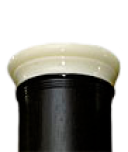
Methacrylate
A polymer is that has a expansion rate very similar to wood. This feature, combined with its shine and resistance to the elements and grating, makes it a very good modern material for making rings for gaitas. The methacrylate can be black or ivory imitation.
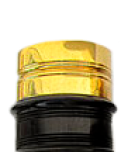
Brass
Also called metal, is an alloy of copper and zinc. It is yellow.
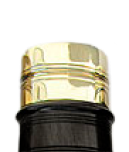
Alpaca
An alloy composed of zinc, copper and nickel. Its colour and brightness make it very similar silver. Due to nickel it is quite resistant to corrosive media.
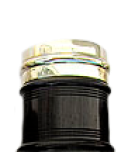
Silver
A precious metal weak and white. To make it harder, usually it is alloyed with copper in a proportion of 93%. When polished, it gets a typical very high shine.
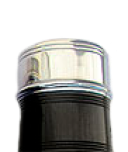
Seinox
Seivane’s exclusive alloy with a high hardness, toughness and corrosion resistance. It is also rust free so it practically remains unchanged for years. This feature makes it very good for manufacturing rings for gaitas. Seinox rings are not soldered.
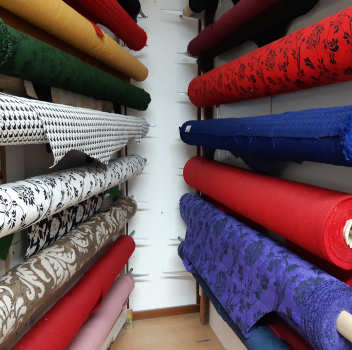
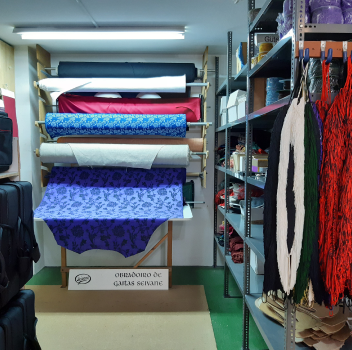
Dress
Four different designs can be chosen for the cover or dress. The standard, the embroidered, the linen and the double cover with teardrop shape, that is a combination of the above. Velvet, linen and high quality embroideries in a wide range of colours are used for the production of the dresses. It is possible to combine any colour, both in the covers as in the cords.


The Process
The manufacturing process begins with the felling of trees. By tradition and through empirical study, it is proven that the best periods for tree felling are between the fourth lunar waning in January and the fourth lunar waning in August. In both cases, the circulation of sap is minimal, thus its removal will be easier and quicker. If this sap remains in the wood too long, it creates what we call ‘withered’ wood, without life. The idea is to achieve a perfect drying of the wood whilst keeping it alive.
Once the tree is cut down, the branches are left on for a further fifteen days in order to remove as much sap as possible. After chopping them, the trunks are cut into 50-60cm pieces and they are sawn off longitudinally in half and quarter pieces. These cuts allow the wood to lose tension and relax, whilst also avoiding the typical cracks that appear in the latter periods of drying.

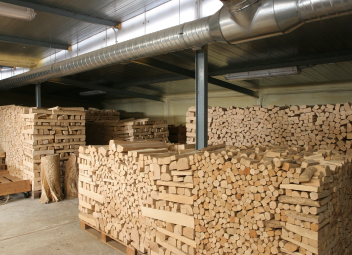


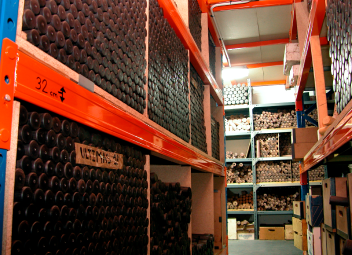

A long series of treatment phases begin thereafter which will largely determine the final quality of the wood. It enters the drying room and it is appropriately stacked so that air can flow freely between the blocks of wood. After a year, the wood is inspected and sawn to remove knots and impurities, leaving it to rest once more until the drying process has finished, which takes around ten years.
Once this time elapses, the moment arrives for the blocks to be sawn again, with the help of the intuition and experience of the craftsman, as well as classifying it in order of dimensions, stability, straightness of the grains, aesthetic appearance, colour, grains, fibres, homogeneity, etc. and designate each piece to a predetermined part of the gaita.


The next step consists of giving the wood a round shape in the lathe (i.e. it is cylindered) and its placement in the Wood Storage Area. Slowly, several operations are carried out in the workshop, such as drilling and polishing which must be done slowly and progressively to avoid strong physical contact so that the molecular fibres are not broken and thus allowing the wood to reach its ultimate stability level. It can take over five years for the various processes in the workshop and the rest intervals to take place.
In this way, an instrument with an excellent quality of sound and with few future physical changes is obtained.




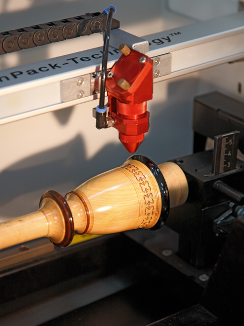
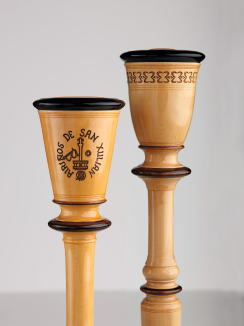
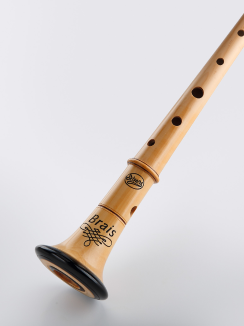
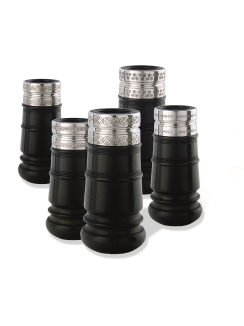
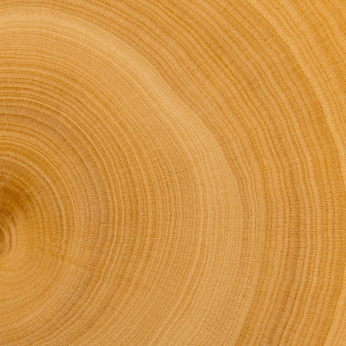
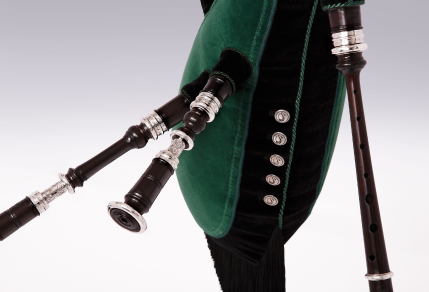
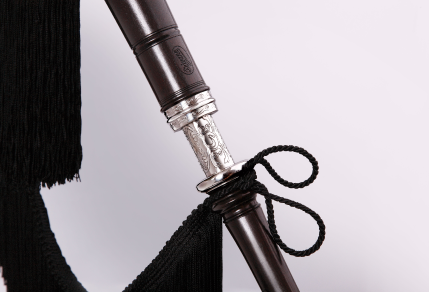
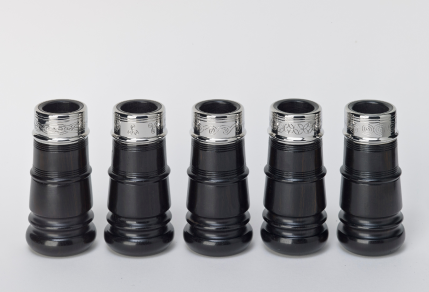
Customization
Each bagpiper can customise their Seivane gaita, choosing its key, the wood, the rings, the cover, cords, engravings… On the rings and tuning slides, as well as on the wooden parts of the gaita, decorative engravings can be added, either commemorative or with an individual’s name.
Technical Advances
From the respect shown to tradition, in its desire to continuously improve and thanks to its experience and researchs, the Obradoiro is committed to modern technology, which provides a high degree of reliability and precision to Seivane gaitas.
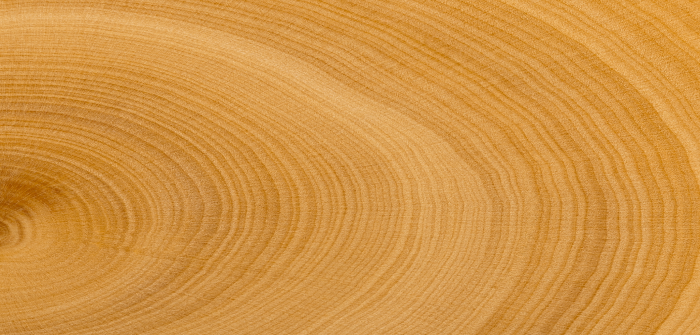
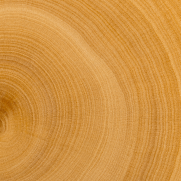
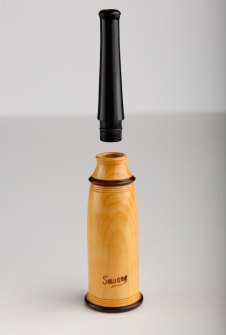
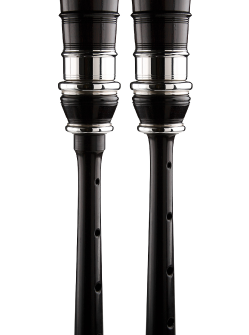
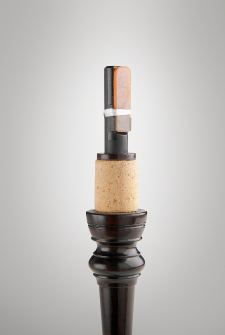
Seitor (chanter of tonal regulation), Seipal (synthetic drone reed), Seinox (stainless ring), detachable mouthpieces, Seipón.
Patents
Seivane was registered as a brand with the Spanish Office of Patents and Brands (OEPM). The inventions created over the years materialised from the research done in the obradoiro, some of which are patented at that office.
Thus, the synthetic drone reed Seipal, which remains faithful to the sound of a traditional cane drone reed, but with an enhanced tonal stability was patented and the brand Seipal was registered.
Other registered patents are the stop valve incorporated in the Seipal drone reed, which makes it possible to silence the gaita drone, opening and closing the flow of air.
Also the chanter with tone adjustment Seitor was patented, that features an innovative tone adjustment device, which allows eventual variations in tone to be corrected, without requiring the removal of the chanter from the gaita.
Currently, the obradoiro continues its research and investigation into new ways of improving the gaita and facilitating the work of gaiteiros.


If you wish, you can download our patents in PDF format (spanish):
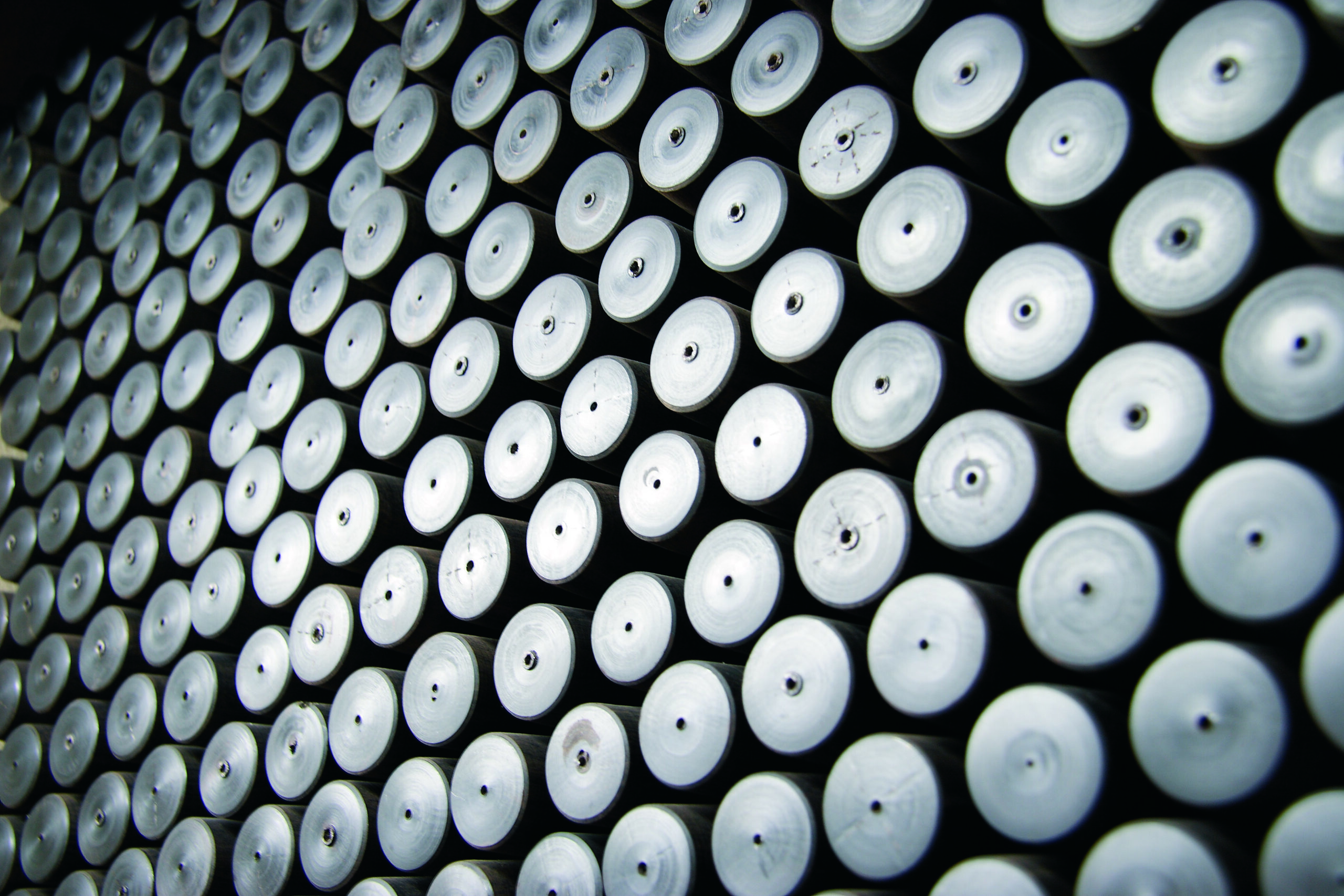
IDIGAITA Project
The Obradoiro de Gaitas Seivane is taking part in the IDIGAITA investigative project, in collaboration with CTAG and the University of Vigo (Sonitum Group). This project unites efforts to combine Galician Cultural Heritage with emerging materials technologies.
The investigation aims to resolve many of current problems that affect the gaita and maximise the enrichment of its sonar possibilities. Its aim is to find evolving materials, alternatives to wood, or to recycle the off cuts from wood itself, to reduce problems with instrument maintenance as much as possible and to attain physical, thermal and sound stability in the gaita.
